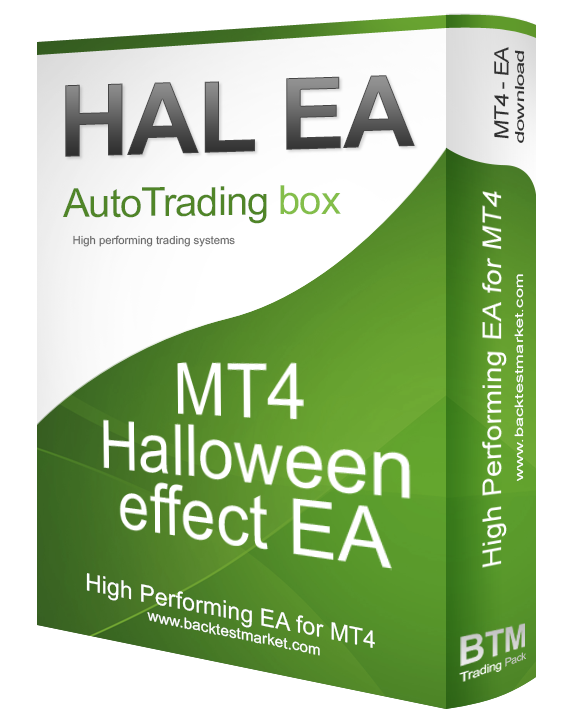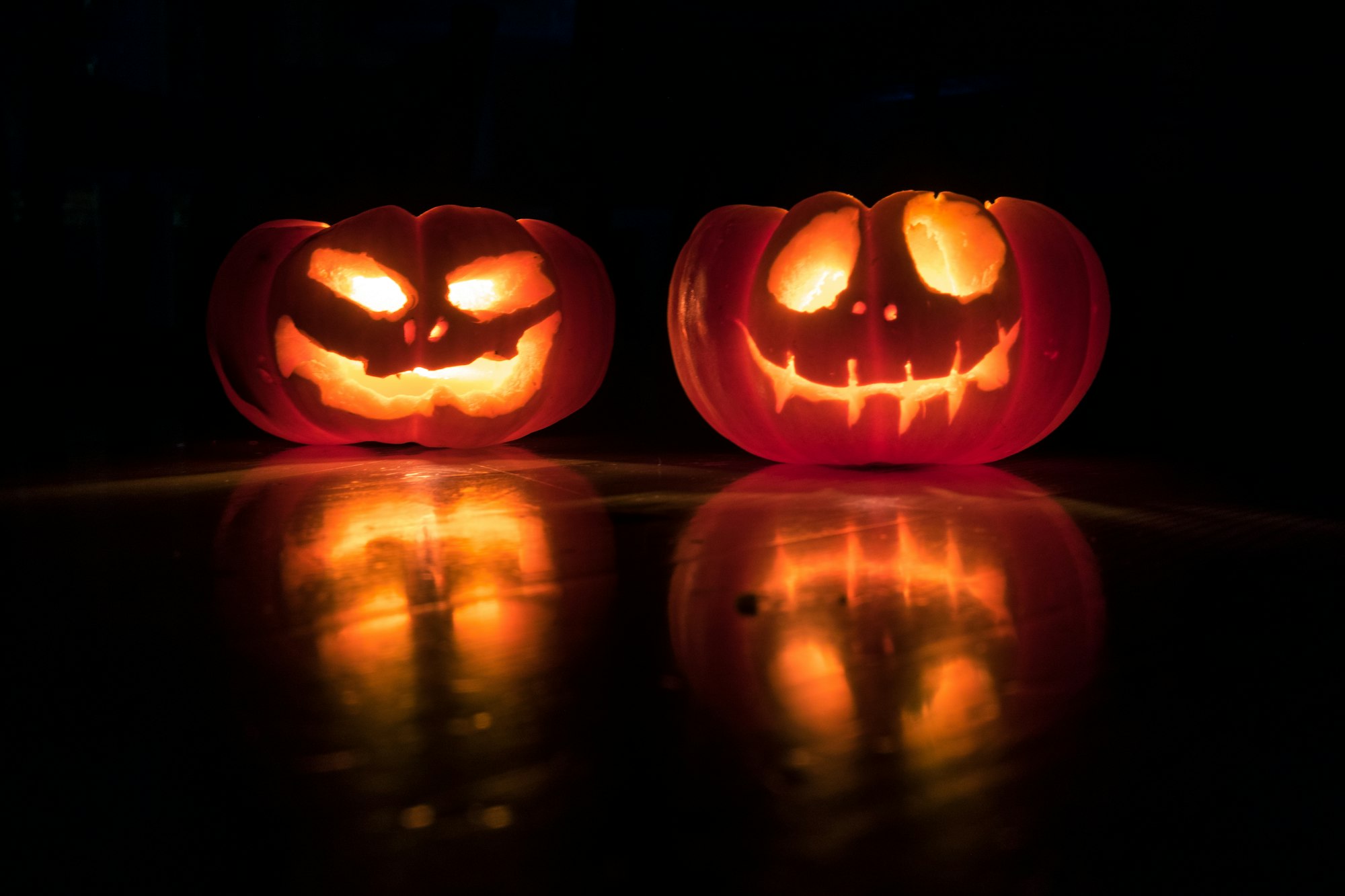Halloween Effect (HAL)
Halloween effect is the effect of the recurring period going from Oct/Nov (Halloween) to Apr/May, in some Ticker returns.
Strategies and Tactics
In ForecastCycles there are 2 types of Strategies linked to Halloween effect:
- HAL:
operates in the Halloween period.- It enters in the market at the opening price of the 1st trading day of October or November
- and exits at the closing price of the last trading day of April or May.
- For example, HAL Nov-Apr trades occurs every year from 1st.Nov to 30.Apr.
- HAL others
operates in the other part of the year with respect to the Halloween period.- It enters in the market at the opening price of the 1st trading day of May or June
- and exits at the closing price of the last trading day of September or October
- For example, HAL_others May-Sep trades occurs every year from 1st.May to 30.Sep.
Literature review
The Halloween effect:
- is a market-timing strategy based on the hypothesis that stocks perform better between Nov.1st (Halloween) and Apr.30, than from May to the end of October.
- strategy states that it is prudent to buy stocks in November, hold them through the winter months, then sell in April, while investing in other asset classes from May through October. Some who subscribe to this tactic say not to invest at all during the summer months.

The notion of abandoning stocks in May of each year has its origins in the United Kingdom, where the privileged class would leave London and head to their country estates for the summer, largely ignoring their investment portfolios, only to return in September. Those who subscribe to this notion would likely expect that it is common for salesmen, traders, brokers, equity analysts, and others in the investment community to leave their metropolitan financial centers in summer in favor of oases like the Hamptons in New York, Nantucket in Massachusetts, and their equivalents elsewhere.
First research
Plastun et al. analyzed in 2019, the historical evolution of the Halloween effect in developed markets and they found that it is still profitable:
“…the results suggest that in the US stock market the Halloween effect became more persistent since the middle of the 20th century. Despite the decline in its prevalence since that time, nowadays it is still present in the US stock market and provides opportunities to build a trading strategy which can beat the market. These results are well in line with other developed stock markets.”


They used the test statistics to determine the presence of the Halloween effect in US stock market. The t-test produced:
- insignificant t-values from 1791 to 1940, instead
- from 1940 to 2015 the results are significant, so the Halloween effect is strong.
Second research
Another group of research checked the strategy of combining Halloween effect to the moving average and the 'Turn of the Month effect':
“We study the benefits of trading based on combinations of three of the best-known effects: the moving average rule, the turn of the month effect, and the Halloween effect. We show that the rules can be combined effectively, giving significant levels of returns predictability with low risk and offering the possibility of profitable trading.”

In the table above:
- Y indicates that a filter is active
- N indicates that the filter is inactive
- YYY-NNN indicates a long-short strategy
- going long when YYY (all 3 conditions are satisfied)
- going short when NNN (zero conditions are satisfied)
Results show how the application of the filters improved the performance of a hypothetic Dow Jones trading strategy.
In particular, most significant results (p-value near to 0) are given by 3 strategies:
- the strategy that applies of all 3 filters (YYY),
- the strategy that applies 2 of the 3 filters (YNY: MA 1200 and Turn of the month), and finally,
- the best result in terms of mean return (0.1842) is given by the long-short strategy (YYY-NNN).

Halloween Effect - MT4 Expert Advisor
The Halloween effect is a market-timing strategy based on the hypothesis that stocks perform better between Nov.1st (Halloween) and Apr.30, than from May to the end of October. The strategy states that it is prudent to buy stocks in November, hold them through the winter months, then sell in April, while investing in other asset classes from May through October. Some who subscribe to this tactic say not to invest at all during the summer months
To trade automatically this anomaly, you can purchase the "HAL Expert Advisor". The Expert Advisor needs the "Main EA and libraries" to work. If you have an active ForecastCycles membership, contact us to get 20% discount.




